
Traffickers of Mantas and Devil Rays Get Bitten in Busts
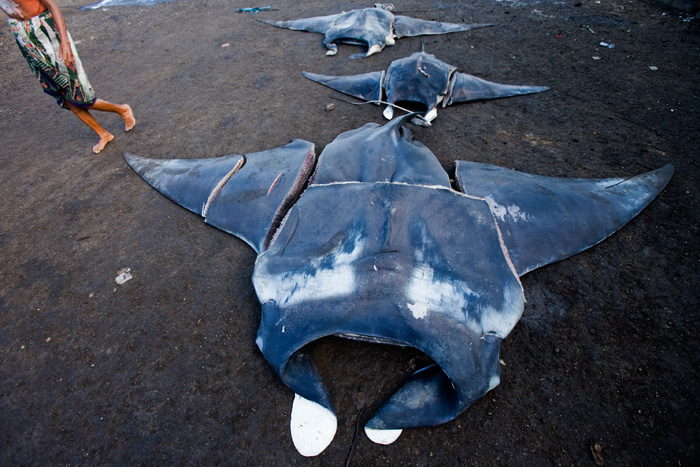
Stuart Campbell is director of the WCS Indonesia Marine Program, for which Prayekti Ningtias is a senior marine program officer. Erika Reuter is the WCS Sharks & Rays program manager. The authors contributed this article to Live Science's Expert Voices: Op-Ed & Insights.
A relatively recent trade in manta rays and devil rays — largely for their use in a tonic with alleged health benefits — is depleting ray populations around the world. Ray gill plates (appendages that filter the plankton that rays feed on) fuel an estimated $30 million annual trade to Chinese markets, despite the fact their efficacy as a health remedy is not recognized within mainstream traditional Chinese medicine.
A November 7th arrest of a manta ray trader in Bali, Indonesia, resulted in one of the largest seizures of illegal manta gill plates recorded to date, a shipment that topped the scale at 227 pounds (103 kg). The seizure was recently documented in a broadcast by Al Jazeera and showcased at the APEC Economic Leaders Meeting in Beijing this month. [Manta Ray Traffickers Busted in Indonesia ]
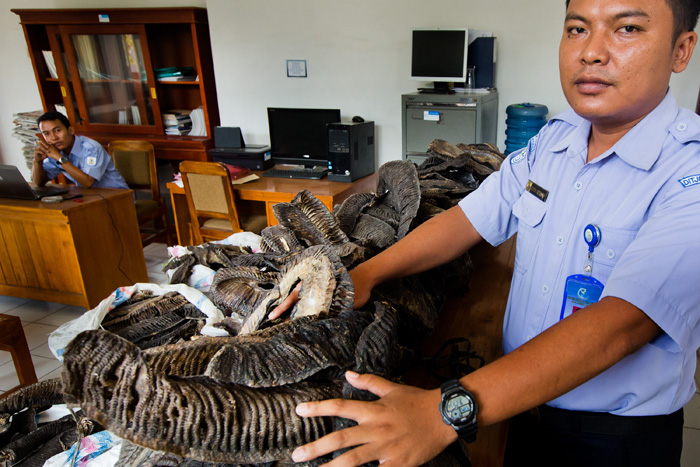
Ironically, while much of the ray trade is supplied by fishers who depend upon the sea for their livelihoods, both reef (Manta alfredi) and oceanic (Manta birostris) manta rays have the potential to generate significant economic benefits through marine tourism. A single manta ray has a tourism value of more than $1 million over its lifetime, but these majestic and long-lived cartilaginous fishes, relatives of sharks, are being killed for a much lower price, estimated at only about $500 per animal.
Indonesia turns tide against illegal ray trade
Much of the ray trade originates from Indonesia, home to the world's largest shark and ray fisheries. Fisheries in Indonesia, Sri Lanka and India account for nearly 90 percent of recorded deaths of manta rays each year, with a global catch of 3,400 oceanic mantas annually, according to the most recent figures reported by Manta Ray of Hope — a project of Shark Savers, WildAid, and a diverse group of the top manta ray researchers.
In March 2013, the Sixteenth Conference of the Parties of the Convention on International Trade in Endangered Species of Wild Fauna and Flora (CITES) voted to list manta rays and five shark species on CITES Appendix II, thereby regulating trade in their parts and products once the listings entered effect in September 2014. At that point, CITES member states became legally bound to: Permit exports only when specimens are legally acquired and when their collection is shown to be non-detrimental to the survival of the species; document such exports; and record and report all international trade for independent monitoring.
Get the world’s most fascinating discoveries delivered straight to your inbox.
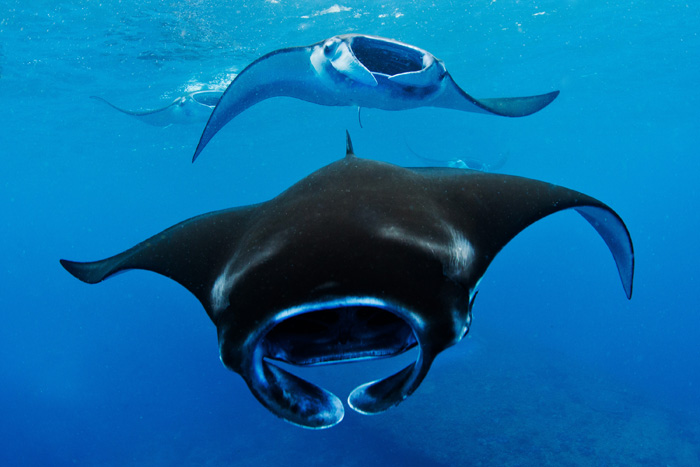
Following the CITES conference, the directorate general of Indonesia's Marine and Fisheries Resources Surveillance, under the Ministry of Marine Affairs and Fisheries (MMAF), worked with non-governmental organizations (including WCS) to initiate a process to regulate trade in CITES-listed sharks and rays in that nation.
Thanks to this commitment, hunting and trade of manta ray species has been outlawed, with maximum penalties for trafficking in manta products punishable by fines of up to $25,000.
Poaching arrests mount, and resonate
The combined efforts of the MMAF and the WCS Wildlife Crimes Unithave resulted in a series of successful busts ofmanta ray traders, beginning inAugust 2014in Surabaya, Indonesia's second largest city. That arrest, based on information provided by the Jakarta Animal Aid Network,involved a shipment of 110 pounds (50kg) of gill plates, of which 43 pounds (19.5 kg) were from manta rays, as well as products from other protected marine species, including sea turtle meat and sawfish snouts.
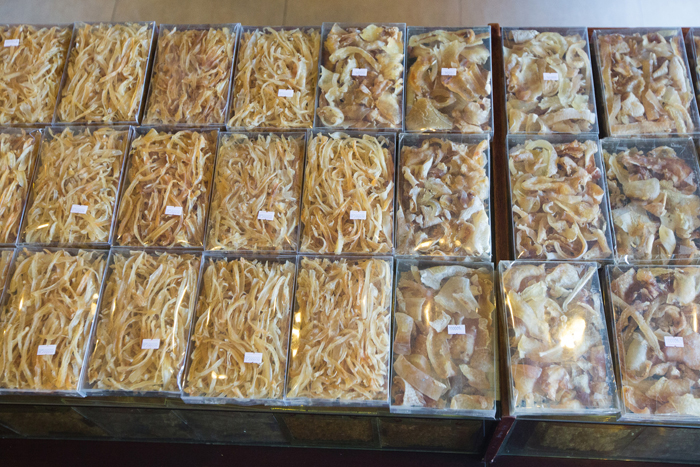
Since then, MMAF staff havemade four additional arrests, including the November 7th apprehension in Bali, a hub for the export of illegal marine products from Indonesia.
Remarkably the recent law enforcement efforts may be resonating. Preliminary findings emanating from WCS manta-monitoring locations suggest that fishers have been unable to sell manta and devil ray products such as gills, skins and oil — a trend that could lead fishers away from targeting mantas.
The recent arrests, and the commitment shown by the Indonesian government through MMAF to intercept and prosecute illegal trade in marine products, suggest a promising paradigm shift in the way Indonesia approaches fisheries management and trafficking in protected marine species.
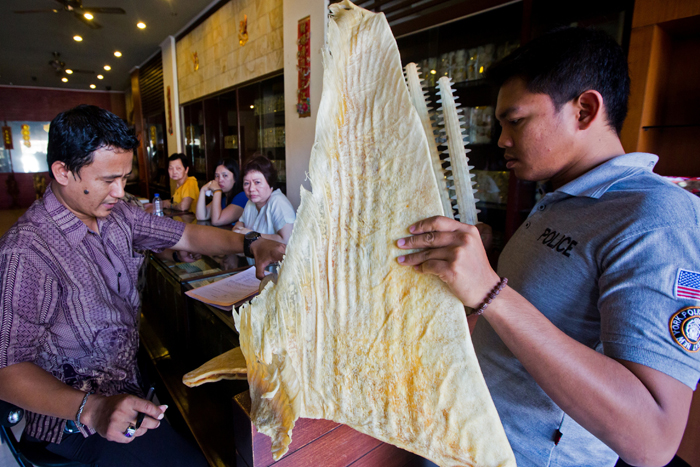
Importantly, those landmark efforts to curb manta hunting and trade send an encouraging message that improvements in the global conservation outlook for these threatened species could be achieved.

Both government and non-government actors, however, must remain vigilant, continuing to identify key trading points, working to apply the rule of law, and monitoring the effects of these enforcement actions on fishing and the populations of threatened species that the laws protect.
Conservationists in iconic land and seascapes like the Serengeti and Patagonia have long understood that wildlife can be worth far more alive than dead. Following the recent arrests, it is clear that mantas and other threatened marine species are as well.
Follow all of the Expert Voices issues and debates — and become part of the discussion — on Facebook, Twitter and Google+. The views expressed are those of the author and do not necessarily reflect the views of the publisher. This version of the article was originally published on Live Science.
